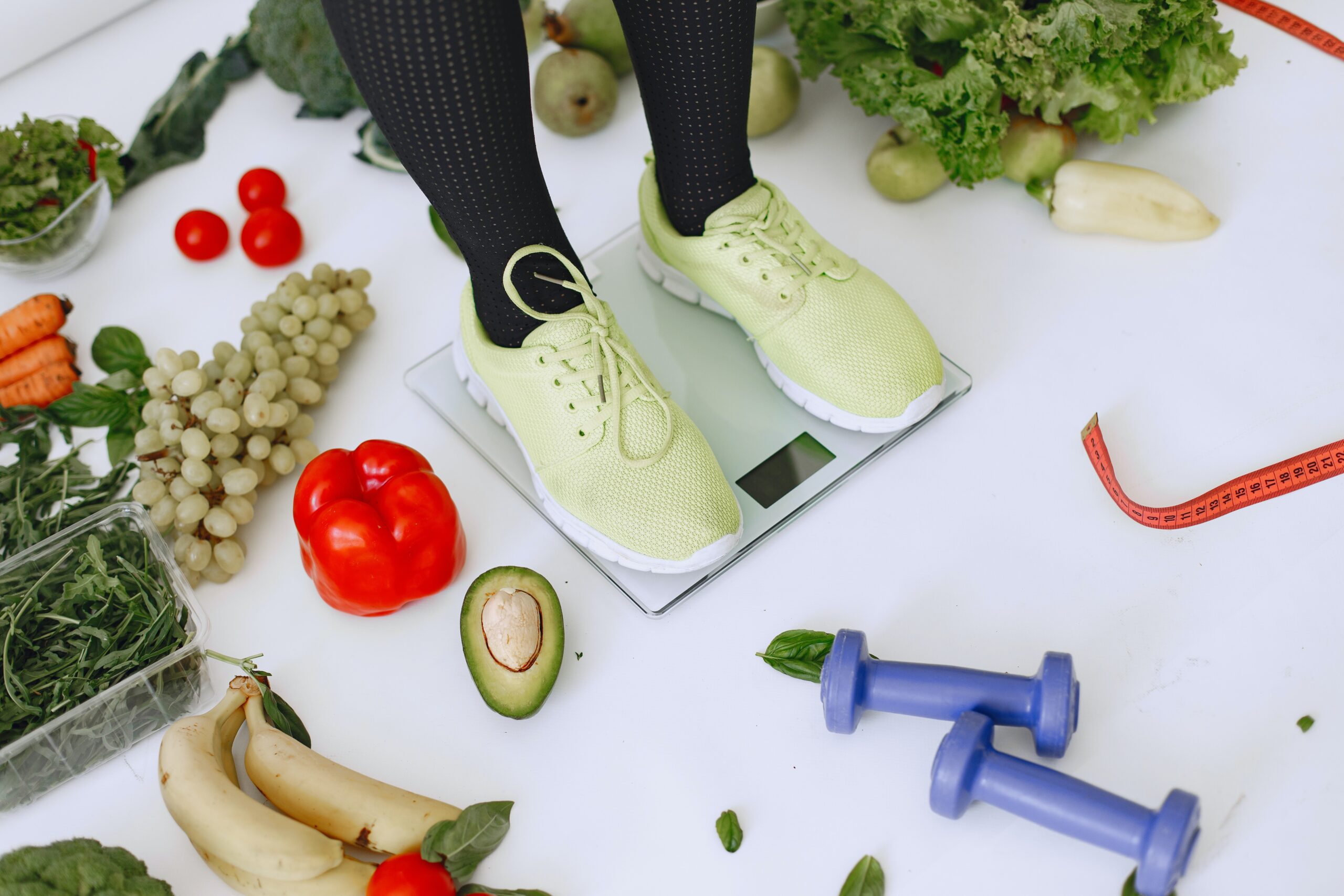
Healthy and balanced diet to help manage your blood sugar levels
Note that it is important to focus on a healthy, balanced diet to help manage your blood sugar if you have diabetes. It can be overwhelming, but there are ways to produce a satisfying and nutritious meal plan that meets your nutritional needs.
Here are some tips for creating a diabetic meal plan:
Incorporate non-starchy vegetables: Non-starchy vegetables, similar to lush flora, and broccoli, contain fewer carbs and calories than stiff vegetables, similar to potatoes and slimes.
Incorporating non-starchy vegetables into your meals and snacks can help regulate blood sugar.
Include proteins and healthy fats: Proteins and healthy fats, such as canned meat, fish, avocado, nuts, and olive oil can help slow the digestion and absorption of carbohydrates, which can help regulate blood sugar.
Choose complex carbs: Complex carbs, similar to whole grains and legumes, are a good source of fiber and nutrients, and they can help regulate blood sugar.
Avoid fortified carbohydrates, such as white bread and snacks that can raise blood sugar levels.
Limiting added sugars can cause blood sugar spikes, so it’s important to limit your intake of soft drinks and sweets. Instead, opt for natural sources of convenience, similar to fruit, to satisfy your sweet tooth.
Plan ahead: Planning your meals and snacks ahead of time can help ensure you have healthy options and can help you avoid gluttony or unhealthy choices when you’re short on time.
By incorporating these tips into your meal plan, you can produce a satisfying and nutritious diet that helps manage your blood sugar and overall health. It is important to consult with a dietitian or healthcare professional to establish a meal plan that meets your specific needs.
The Benefits of Incorporating Physical Activity into a Diabetes Diet
Physical activity is an important part of a healthy life for everyone, and it’s especially important for people with diabetes. Incorporating physical activity into your diabetic diet can provide a range of health benefits and help manage blood sugar levels.
Here are some benefits of incorporating physical activity into a diabetic diet:
It can help regulate blood sugar levels: Physical activity can help lower blood sugar levels.
This can make blood sugar management easier and reduce the risk of complications.
It may improve heart health: People with diabetes are at an increased risk of heart problems, but regular physical activity can help reduce this risk. Physical activity can help lower cholesterol and blood pressure, which can help reduce the risk of heart disease.
It can help with weight management: Physical activity can help burn calories and boost metabolism, which can be beneficial for weight control.
It can improve mental health: Physical activity can help reduce stress and improve mood, which can be beneficial for overall mental health.
It is important to consult with a healthcare provider before beginning a new physical activity program and to choose the training that is safe and suitable for your level of fitness. Some options for incorporating physical activity into a diabetic diet include walking, swimming, cycling, and strength training. Aim for at least 1.5 hours of moderate-intensity physical activity per week for maximum benefits.
Incorporating physical activity into a diabetic diet can provide a range of health benefits and help manage blood sugar levels. It’s important to incorporate physical activity into your routine regularly to get the most benefit.
Strategies for managing cravings and avoiding sugary foods
It is important to watch your diet to avoid foods that can raise blood sugar levels, such as sugary foods and drinks if you have diabetes.
Still, cravings for these types of foods can be tricky to manage.
Here are some strategies for managing cravings and avoiding sugary foods:
Plan ahead: Planning your meals and snacks ahead of time can help curb unexpected cravings and ensure you have healthy options.
Keep healthy snacks close at hand
Having healthy snacks available, such as nuts, seeds, or fruit, can help satisfy cravings and help you avoid sugary treats.
Drink plenty of water once in a while: Food cravings can be caused by dehydration, so be sure to drink plenty of water throughout the day.
Find healthy substitutes: If you like sweets, try replacing healthy substitutes with sticky foods, like fruit or low-sugar snacks.
Become aware of the real situation: Take a moment to pause and reflect on your desires before making a decision.
Ask yourself if your current craving is worth the implied impact on your blood sugar and overall health.
Find healthy ways to deal with stress: Stress can be a trigger for food cravings. Therefore, finding healthy ways to manage stress, such as exercise or meditation, can help curb cravings.
Managing cravings and avoiding sugary foods can be overwhelming, but following these strategies can help improve your blood sugar control and overall health.
It’s important to remember that there’s nothing wrong with indulging in sticky treats in moderation, as long as it fits into your overall meal plan.
The Benefits of Incorporating Low Glycemic Index Foods into a Diabetic Diet
The glycemic indicator (GI) is a measure of how quickly foods raise blood sugar levels. High GI foods tend to cause a rapid rise in blood sugar, while low GI foods are absorbed more slowly and cause a slower rise in blood sugar. For diabetics, it is important to focus on low-GI foods to help manage blood sugar.
Here are some benefits of incorporating low-GI foods into a diabetic diet:
They can help regulate blood sugar levels Low GI foods are absorbed more slowly, which can help regulate blood sugar levels and help rapid-fire harpoons and drops.
They may improve heart health: Diabetics are at an increased risk of heart problems, but incorporating low-GI foods into their diets may help reduce this risk. Low GI foods have been shown to lower cholesterol levels and reduce the risk of heart problems.
They can help you lose weight: Low-GI foods can help you feel full and satisfied, which can be beneficial for weight loss. Weight control is important for people with diabetes because excess weight can make it more difficult to manage blood sugar.
They provide a range of nutrients: Low-GI foods, similar to whole grains and legumes, are a good source of fiber and nutrients, and they can help regulate blood sugar.
Some examples of low GI foods include whole grains, as well as the best fruits and vegetables. It’s important to pay attention to portion sizes and make sure your meals are balanced and nutritious.
Incorporating low-GI foods into your diabetic diet can provide a range of health benefits and help manage blood sugar.
It is important to consult with a dietitian or healthcare professional to establish a meal plan that meets your specific needs.
How to Make Healthy Substitutions in Traditional Recipes to Produce Diabetic-Friendly Meals
As mentioned above, it is important to pay attention to your diet and ensure that you eat nutritious and balanced meals if you have diabetes.
Still, it can be overwhelming to find recipes that meet your specific needs. One way to make traditional recipes more diabetic-friendly is to make healthy substitutions.
Here are some tips for making healthy substitutes in traditional recipes:
Choose whole grains over refined grains: Whole grains, similar to whole wheat, oats, and quinoa, are a good source of fiber and nutrients, and they have a lower GI than refined grains, similar to bread white, and pasta.
Use non-starchy vegetables as a base: Non-starchy vegetables, similar to lush flora, broccoli, and bell peppers, have fewer carbs and calories than stiff vegetables, similar to potatoes.
Incorporating non-starchy vegetables into your recipes can help regulate blood sugar.
Replace very fatty meat with canned protein.
Choose canned protein sources, such as funk, lemon, or fish, over high-fat meat, such as bacon or tie.
This can help reduce the fat and calorie content of your recipes.
Use fine fruit purees as a natural sweetener rather than using sugar or artificial sweeteners.
Try using thin fruit purees, similar to applesauce or mashed bananas, as a natural sweetener in your recipes.
Use healthy fats Incorporating healthy fats, such as olive oil, avocado, and nuts, into your recipes can help regulate blood sugar and provide essential nutrients.
By making these healthy substitutes in traditional recipes, you can produce diabetic-friendly meals that are satisfying and nutritious. It’s important to pay attention to portion sizes and make sure your meals are balanced and meet your specific needs.
The benefits of meal prepping for diabetics
Meal prepping, or preparing meals ahead of time, can be a helpful strategy for managing diabetes and maintaining a healthy diet. By meal prepping, you can ensure that you have healthy, balanced meals, which can be especially beneficial if you’re short on time or have cravings, or make unhealthy choices when you’re empty.
Here are some benefits of meal prepping for diabetics:
It can help regulate blood sugar situations By preparing meals and having healthy meals and snacks available, you can better control your blood sugar situations and avoid making unhealthy choices when you are hungry.
It can save you time: Meal prep can save you time by allowing you to plan your meals and shop ahead of time, and it can also help reduce food waste.
It can also help with weight loss: By preparing meals, you can control portion sizes and ensure that you are eating a balanced and nutritious diet, which can be beneficial for weight loss.
This preparation can be made to measure: The preparation of the meals allows you to adapt them to your specific needs.










Très bonne approche